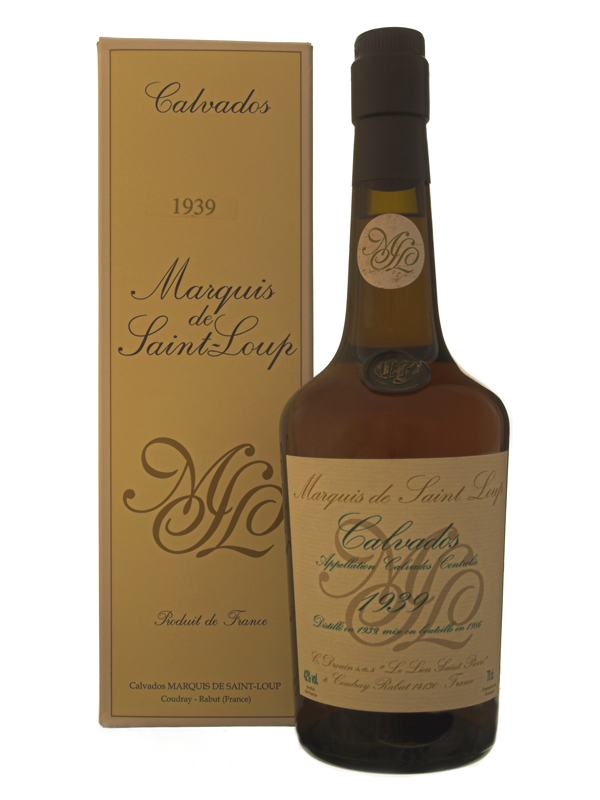France and particularly Normandy was ravaged by battles and desolation from the mid fourteenth century right through to the nineteenth century. The Black Death killed millions of people and the climate was turning colder. Farmers were ruined and people had to carefully store their food for the winter months, but apples provided the perfect food. Different varieties would fruit at different times, they could be dried and better still, ciders were made and stored. At the beginning of this period there were more than three hundred varieties of apples.
The port of Cherbourg became important and was a regular trading post for traders who travelled from Spain and further afield to the ports around the English and Dutch coasts. Spices, perfumes, timber and even dried meats were regularly traded with the fishermen and farmers in return for food and cider to help the sailors on their way with their cargoes. It soon became clear that different varieties of apple provided ciders of different colours and flavours which became classified by the apple name and producer.
One of the pioneers of the industry was a man from the Basque Provinces, Guillaume d’Ursus. He brought new grafts of apples that were rich in tannin and acid, ideal for fermentation and together with Marin Onfrey, another pioneer, worked with Julien Le Paulmier, known as the Father of Cider Pomology, to make the area of Cotentin the cradle of the cider evolution.
Le Paulmier wrote in the sixteenth century the treaty De Vino and Pomaco (Treaty of wine and cider). The book describes in detail around eighty varieties of apple and the techniques for pressing. He also pointed out that Cotentin “have the best soil for making excellent ciders while those produced in Pays d’Auge are potent and vigorous, but very often dense and badly clarified”, a reference to apples from the Domfrontais area or cru rather than the better known today, Pays d’Auge. Le Palmier had a great influence on the people, not least because he was the Kings physician, he praised the medical properties of apples. The health aspect combined with improved flavours made the ciders increasingly more popular and even the King was greatly impressed. Indeed Le Paulmier was probably the most influential name in the early history of calvados and beliefs in the medicinal benefits of the drink are still upheld today.

